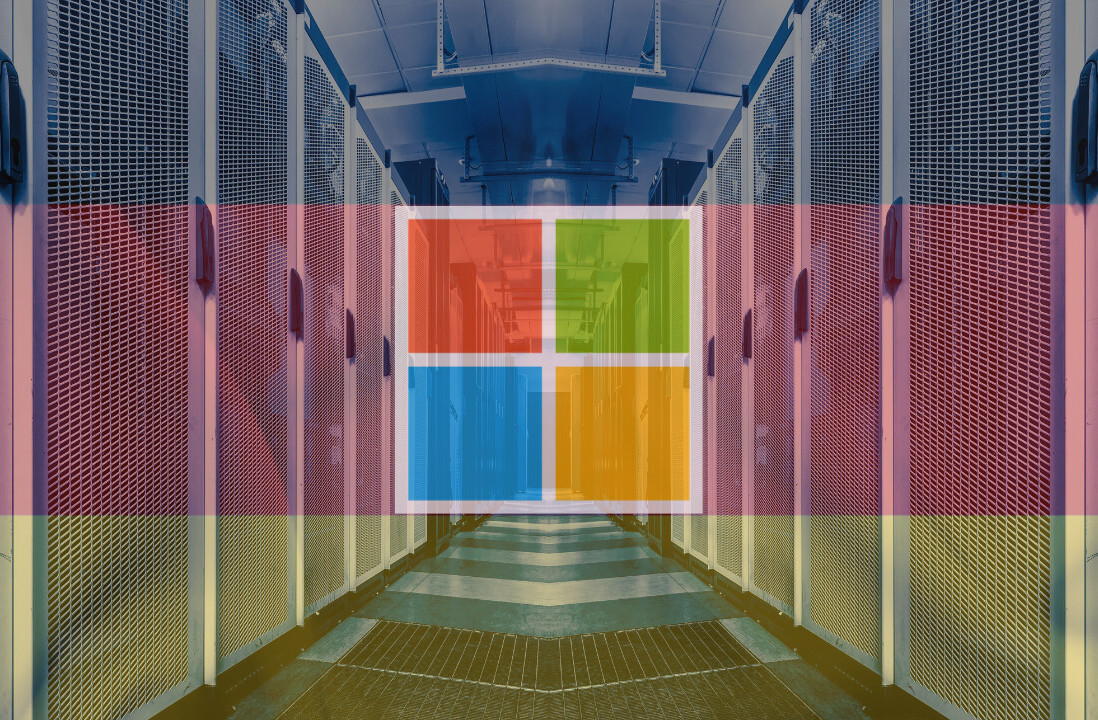
Microsoft’s recent shopping spree reached a new climax this week with the announcement of the $19.7-billion acquisition of Nuance, a company that provides speech recognition and conversational AI services. Nuance is best known for its deep learning voice transcription service, which is very popular in the healthcare sector.
The two companies had already been working closely before the acquisition. Nuance had built several of its products on top of Microsoft’s Azure cloud. And Microsoft had been using Nuance’s Dragon service in its Cloud for Healthcare solution, launched last year in the midst of the pandemic.
The acquisition is Microsoft’s biggest since the $26-billion purchase of LinkedIn. And it tells a lot about Microsoft’s AI strategy.
AI in healthcare
Most of the focus in the announcement was on AI in healthcare, which makes sense because Nuance is a leading provider of AI services in the sector.
“Nuance provides the AI layer at the healthcare point of delivery and is a pioneer in the real-world application of enterprise AI,” said Microsoft CEO Satya Nadella. “AI is technology’s most important priority, and healthcare is its most urgent application.”
AI is technology’s most important priority, and healthcare is its most urgent application. Together with @NuanceInc, we will put advanced AI solutions into the hands of professionals to drive better decision-making and create more meaningful connections. https://t.co/ipdP6qZTx9
— Satya Nadella (@satyanadella) April 12, 2021
One thing I like about Nuance is its laser focus, which is in line with the current limits and capabilities of deep learning algorithms. Deep learning might not be very good at general problem solving or causal inference, but it can be extremely efficient at narrow tasks. Nuance has chosen one application (voice transcription) and has narrowed down its focus to one domain (clinical settings). This has enabled the company to train its machine learning models on tons of data in that specific field and make sure that its AI solutions have peak performance and reliability.
Nuance has a series of AI products tailored for clinical settings, including a virtual assistant for electronic health records, a multi-party conversation transcription service, and a deep learning language model that converts clinical conversations into structured notes for integration into health records.
Documentation is one of the main pain points of clinics and one of the lowest hanging fruits for AI in healthcare. Nuance’s AI technology is helping save time and improve the patient experience. According to the acquisition announcement, Nuance’s AI solutions are currently used by more than 55 percent of physicians and 75 percent of radiologists in the Us and used in 77 percent of U.S. hospitals. The company has also seen a 37-percent year-over-year growth in the revenue of its cloud service, though it is probably due to the shifts caused by the covid-19 pandemic.
“The acquisition will double Microsoft’s total addressable market (TAM) in the healthcare provider space, bringing the company’s TAM in healthcare to nearly $500 billion,” according to Microsoft’s announcement.
Microsoft’s position in healthcare
Nuance’s reach in the healthcare market suggests that Microsoft will recoup its $19.7-billion investment in a relatively short term. But being able to address this market is not a simple feat.
Other big tech companies such as Apple and Google already have healthcare initiatives that are much older than Microsoft’s. But Microsoft is especially well-positioned to take advantage of this new acquisition because of its business model.
Google and Apple are consumer companies. Microsoft, on the other hand, gets most of its revenue from enterprise customers. Its Office suite and its collaboration tools were already being used in many hospitals even before it announced its healthcare solution. That’s why it was already in a good spot to penetrate the market.
And if you look over at the Cloud for Healthcare page, the company has done a great job of integrating its health solution into tools that many healthcare workers were already used to working with, such as Outlook, Teams, Office, and messaging apps. The real advantage is the infrastructure Microsoft has built, the integration of all these services with clinical applications, and terrific data engineering that makes it possible to deploy machine learning models and data analytics tools that span across various data sources.
This is the perfect infrastructure on top of which Microsoft can build an AI factory, where it creates machine learning models that provide ways to improve existing products and build new ones. The acquisition will enable Microsoft to accelerate its growth by leveraging Nuance’s reach in the healthcare sector. Now, every Nuance customer will also be a Microsoft customer.
Beyond healthcare
Before the acquisition, Microsoft was already using Nuance’s Dragon AI technology in its healthcare solution, transcribing virtual visits, taking notes, and integrating information into patients’ health records. Now, with the acquisition of Nuance, Microsoft will also have full access to its technology and will be able to take its new AI transcription power beyond healthcare.
“Beyond healthcare, Nuance provides AI expertise and customer engagement solutions across Interactive Voice Response (IVR), virtual assistants, and digital and biometric solutions to companies around the world across all industries,” according to Microsoft’s blog.
It will be interesting to see how Nuance’s technology will be integrated into other Microsoft enterprise products.
One thing that is also worth watching is how Microsoft will be able to combine Nuance’s AI with other technologies it is experimenting with. For instance, Microsoft already has an exclusive license to OpenAI’s GPT-3 language model. Nuance’s transcription technology and GPT-3 might become a powerful combination for the enterprise.
Microsoft might not be able to predict which company will be successful in five years’ time, especially in a field as volatile as AI. But it is banking on the one constant that is always needed in the field: compute power. Microsoft uses its huge Azure platform to develop ties with companies, often providing them with subsidized access to its cloud-based machine learning tools. It also makes many of its investments in Azure credits, making sure that companies it invests in will be locked into its platform. This puts Microsoft in a position to both help those companies grow and to learn from them. And the investment pays off when the company’s technology and business model mature.
Earlier this year, I wrote about Microsoft’s investment in the self-driving car startup Cruise, which also made Microsoft Azure the preferred cloud of Cruise and its owner General Motors. I noted at the time that Microsoft’s success is in maintaining a safe distance from developing sectors. Instead of making one big acquisition, Microsoft casts a wide net by making smaller investments in several companies.
This gives it a good foothold into many innovative sectors. As these sectors mature, Microsoft gradually enters partnerships with the more successful startups. And when the time is right, it will acquire the company that will give it the best leverage in the market.
We can see this exact cycle in Microsoft’s relation with Nuance as it evolved from being its cloud provider to its partner to its owner. And this evolution tells a lot about Microsoft’s AI strategy, which I think is very smart given how fast things can change in the AI industry. The enterprise AI sector has come a long way toward creating applications that can solve real-world problems. But we still haven’t figured out many things. And as new technologies and companies continue to develop, Microsoft will be watching and picking winners.
This article was originally published by Ben Dickson on TechTalks, a publication that examines trends in technology, how they affect the way we live and do business, and the problems they solve. But we also discuss the evil side of technology, the darker implications of new tech, and what we need to look out for. You can read the original article here.
Get the TNW newsletter
Get the most important tech news in your inbox each week.







